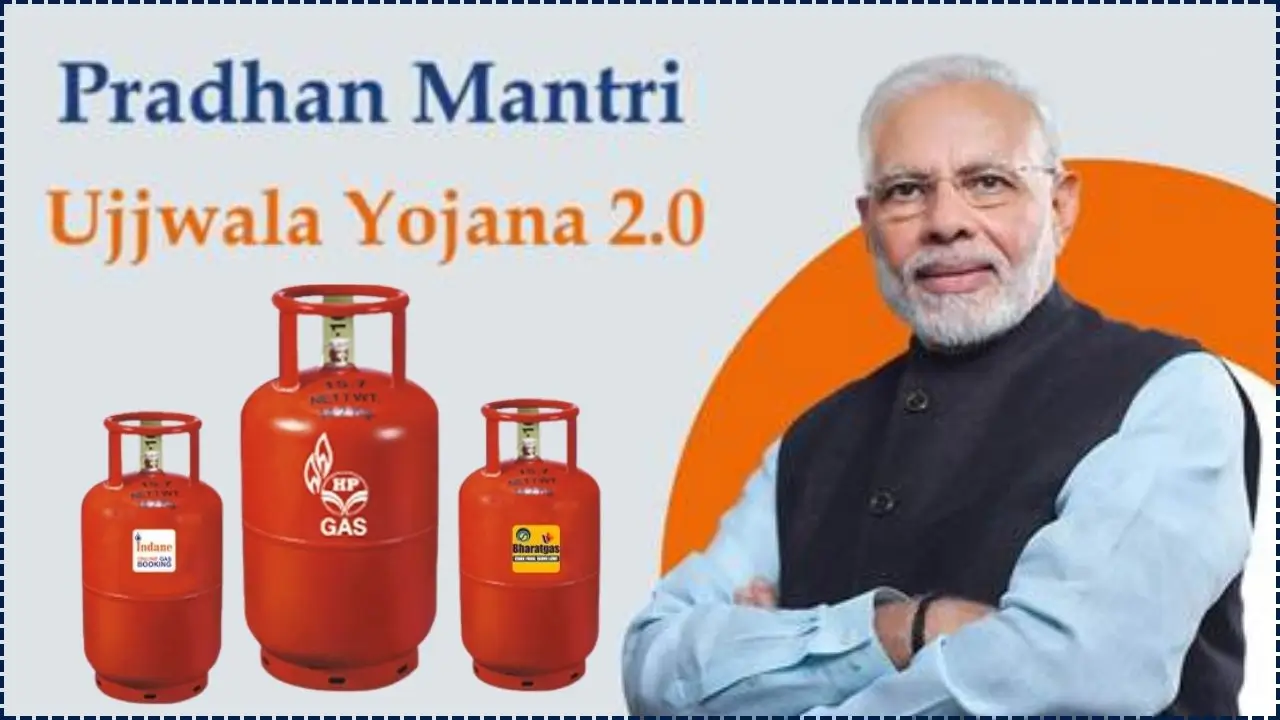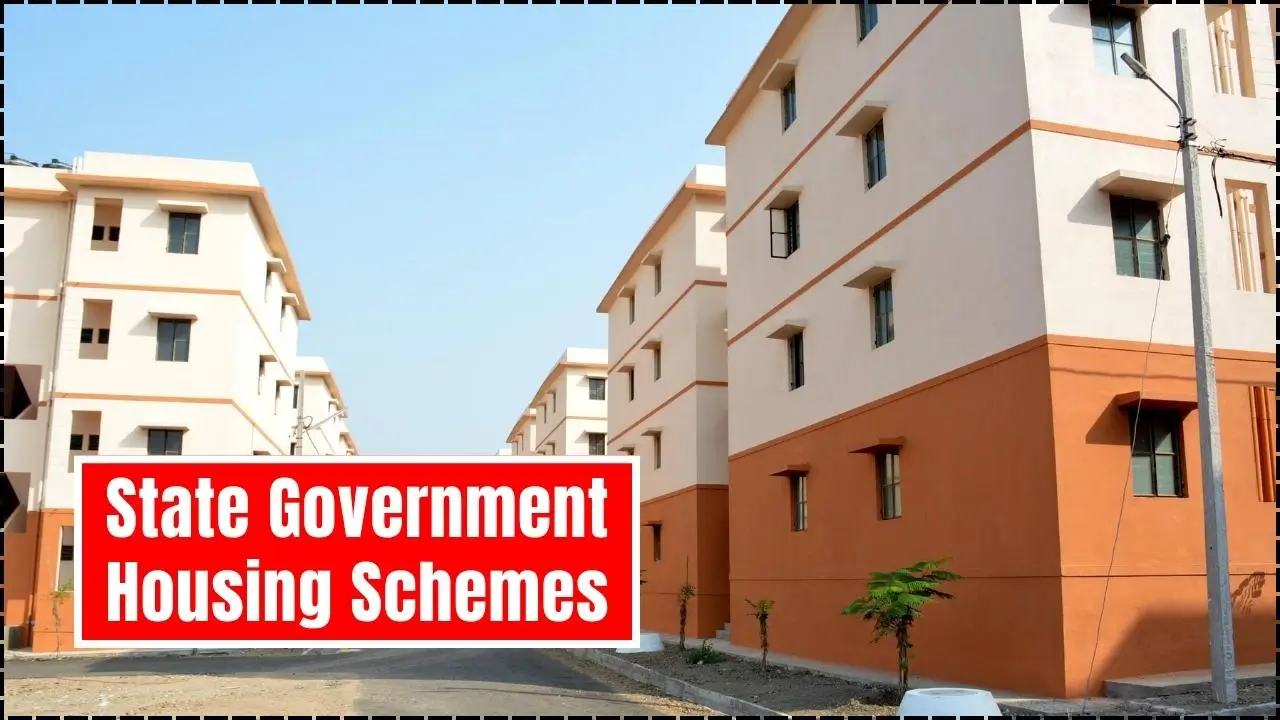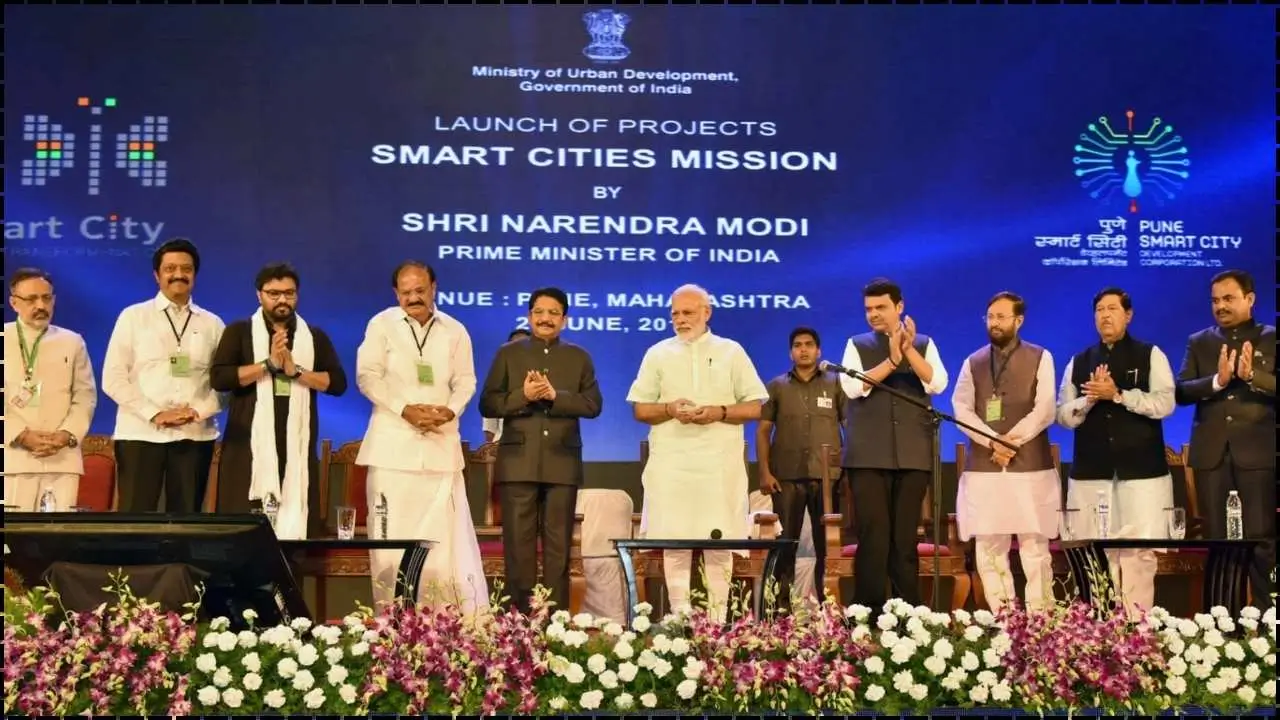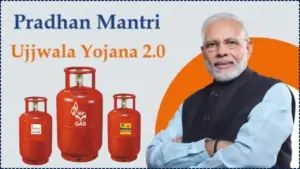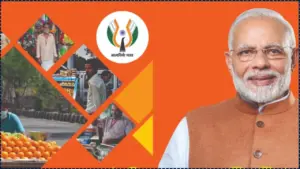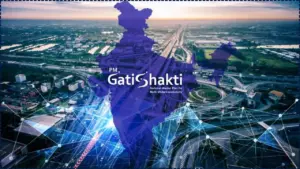India’s flagship health assurance scheme, Ayushman Bharat – Pradhan Mantri Jan Arogya Yojana (PM-JAY), is entering a new phase with central and state governments expanding its reach. The latest policy changes, including special provisions for senior citizens and state-level top-ups, reflect a growing ambition to achieve health insurance for all, while also exposing challenges of financing, infrastructure, and delivery.
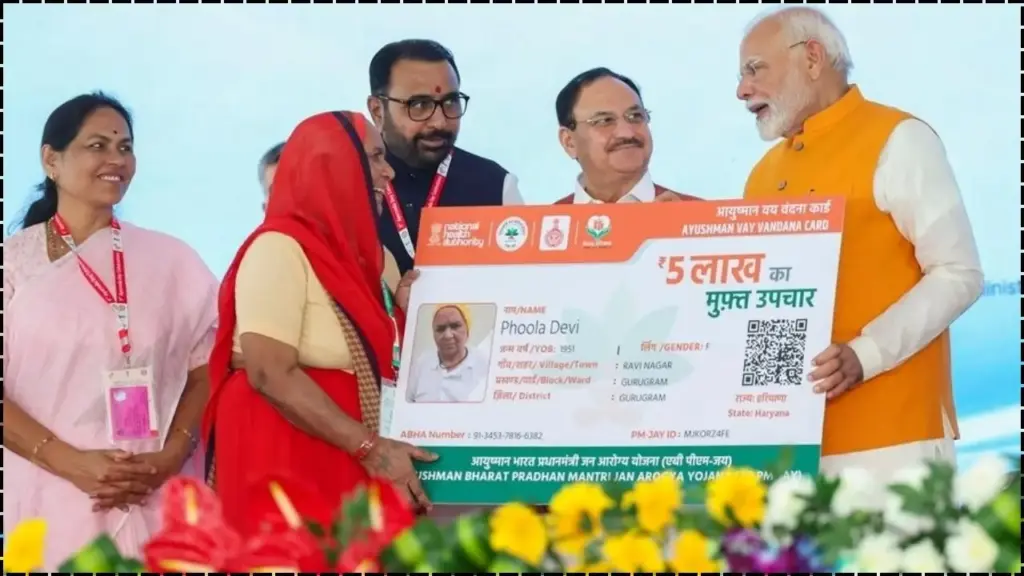
The collective national and state effort to expand health insurance coverage through initiatives represents a profound humanitarian commitment to guarantee health and dignity for every Indian citizen. While central policy is vital in extending eligibility to vast numbers, the true success—and its moral imperative—lies in the way state governments utilize local policies and top-up schemes to ensure comprehensive and compassionate care reaches the most vulnerable populations.
The enduring legacy of this monumental undertaking will not be measured solely by financial discipline or technological efficiency, but by the equitable quality of care, timely patient access, and the ethical accountability maintained across all public and private health providers, ultimately proving that this promise of reliable healthcare access is a tangible reality for all.
The Foundation of Ayushman Bharat
Launched in 2018, Ayushman Bharat was designed to strengthen India’s public health system through two key pillars: Health and Wellness Centres (HWCs) providing primary care, and PM-JAY, which offers hospitalisation coverage of up to ₹5 lakh per family annually. The scheme operates on a cost-sharing model, with both central and state governments contributing to financing.
According to official data, more than 42 crore Ayushman cards have been issued, enabling cashless treatment at over 28,000 empanelled hospitals across the country. Officials at the National Health Authority (NHA) describe the scheme as “the world’s largest health assurance programme by coverage.”
Central Government Policy Shifts
Expanding to Senior Citizens
One of the most notable recent changes is the inclusion of all citizens above 70 years under PM-JAY, regardless of income. This extension, known as Ayushman Vay Vandana, was approved by the Union Cabinet earlier this year. “Senior citizens often face the highest medical costs and lowest financial protection. This move addresses a critical vulnerability,” said a senior Ministry of Health official in a press briefing.
Strengthening Digital Infrastructure
The central government has also accelerated the Ayushman Bharat Digital Mission (ABDM), with over 78 crore digital health IDs (ABHA) created. These allow patients to link their records across hospitals and improve portability of care. Alongside this, the National Health Claims Exchange (NHCX) has been developed to streamline reimbursements between hospitals, insurers, and government payers.
Health Infrastructure Boost
Through the Pradhan Mantri Ayushman Bharat Health Infrastructure Mission (PM-ABHIM), the Centre is investing ₹64,180 crore between 2021 and 2026 to enhance critical care capacity and strengthen preparedness for future health emergencies.
State-Level Roles in Expanding Coverage
Delhi Joins PM-JAY Fully
Delhi became the latest Union Territory to formally join PM-JAY this year. In addition, the state announced a ₹5 lakh top-up scheme for residents, effectively doubling financial protection for beneficiaries.
Uttarakhand Extends Coverage to Rural Centres
Uttarakhand recently extended Ayushman services to all 614 Primary Health Centres (PHCs) and several Community Health Centres (CHCs), allowing patients in remote areas to access benefits without travelling to district hospitals.
State Schemes Converging with PM-JAY
Several states, including Odisha and Mizoram, have aligned their own health insurance programmes with Ayushman Bharat. Odisha integrated its Gopabandhu Jan Arogya Yojana (GJAY) with PM-JAY, while Mizoram launched a universal healthcare scheme to unify state and central coverage under a common framework.
Related Links
Uttar Pradesh Education Reforms: New Digital Learning Initiatives Launched
Rajasthan Tourism Policy 2025: Boosting Local Handicrafts and Rural Tourism
Tamil Nadu’s Water Conservation Plan: Farmers to Benefit from Innovative Schemes
Impact on Citizens and Health Systems
Reduced Financial Burden
Government data suggests that out-of-pocket expenditure as a share of total health spending has declined, falling from 62% in 2014 to around 38% in 2025. Analysts attribute part of this drop to PM-JAY’s cashless treatment benefits.
Rising Beneficiary Uptake
Institutes such as Sanjay Gandhi Post Graduate Institute of Medical Sciences (SGPGI), Lucknow, report a three-fold rise in Ayushman patients since 2022, underlining increased acceptance of the scheme.
Quality and Funding Challenges
However, challenges persist. In Haryana, private hospitals suspended Ayushman services citing reimbursement delays of more than ₹500 crore. Meanwhile, Madhya Pradesh has warned that nearly half of empanelled private hospitals risk de-listing unless they upgrade to National Accreditation Board for Hospitals (NABH) standards.
Experts warn that unless states ensure timely payments and stricter monitoring, patient access could be disrupted.



